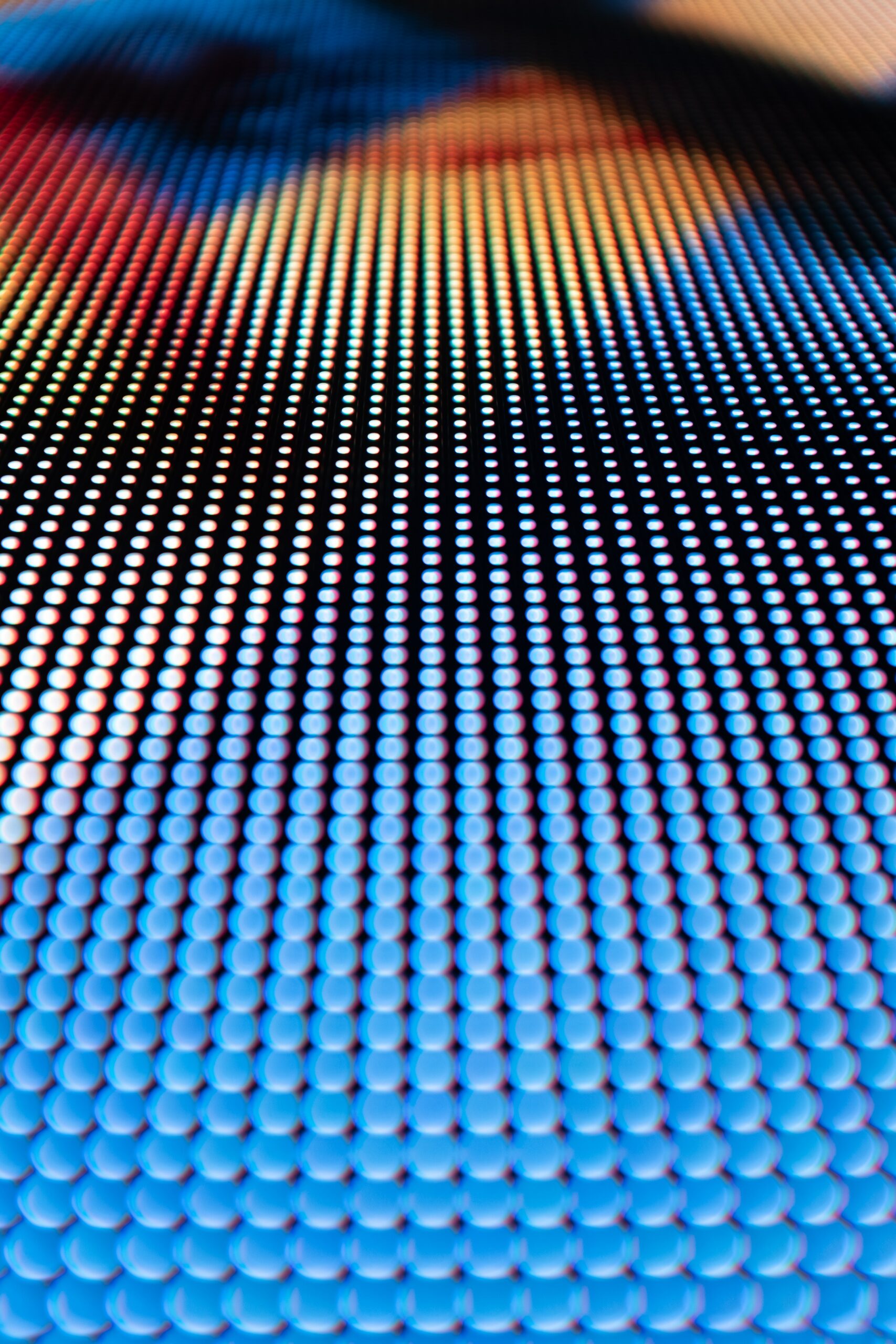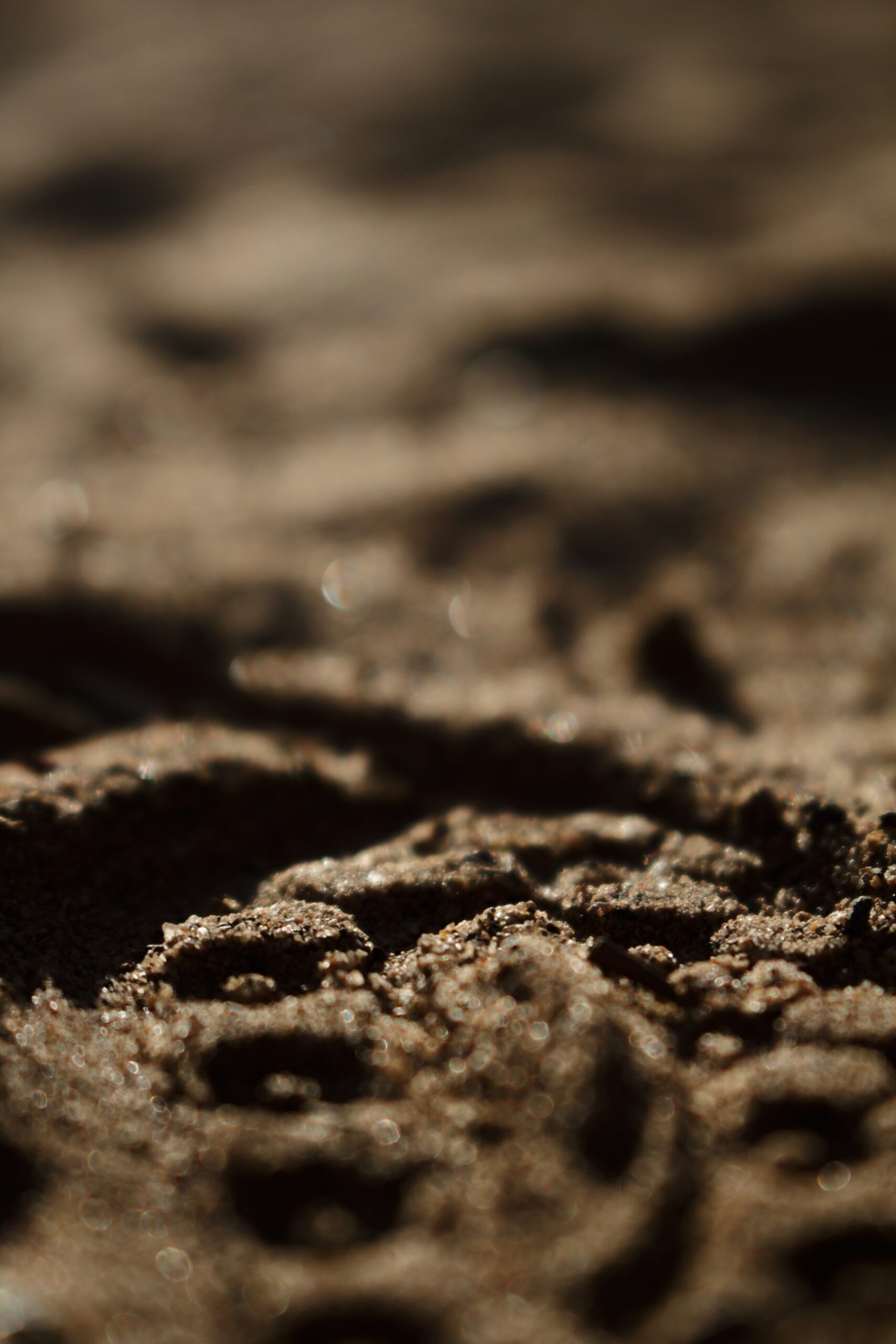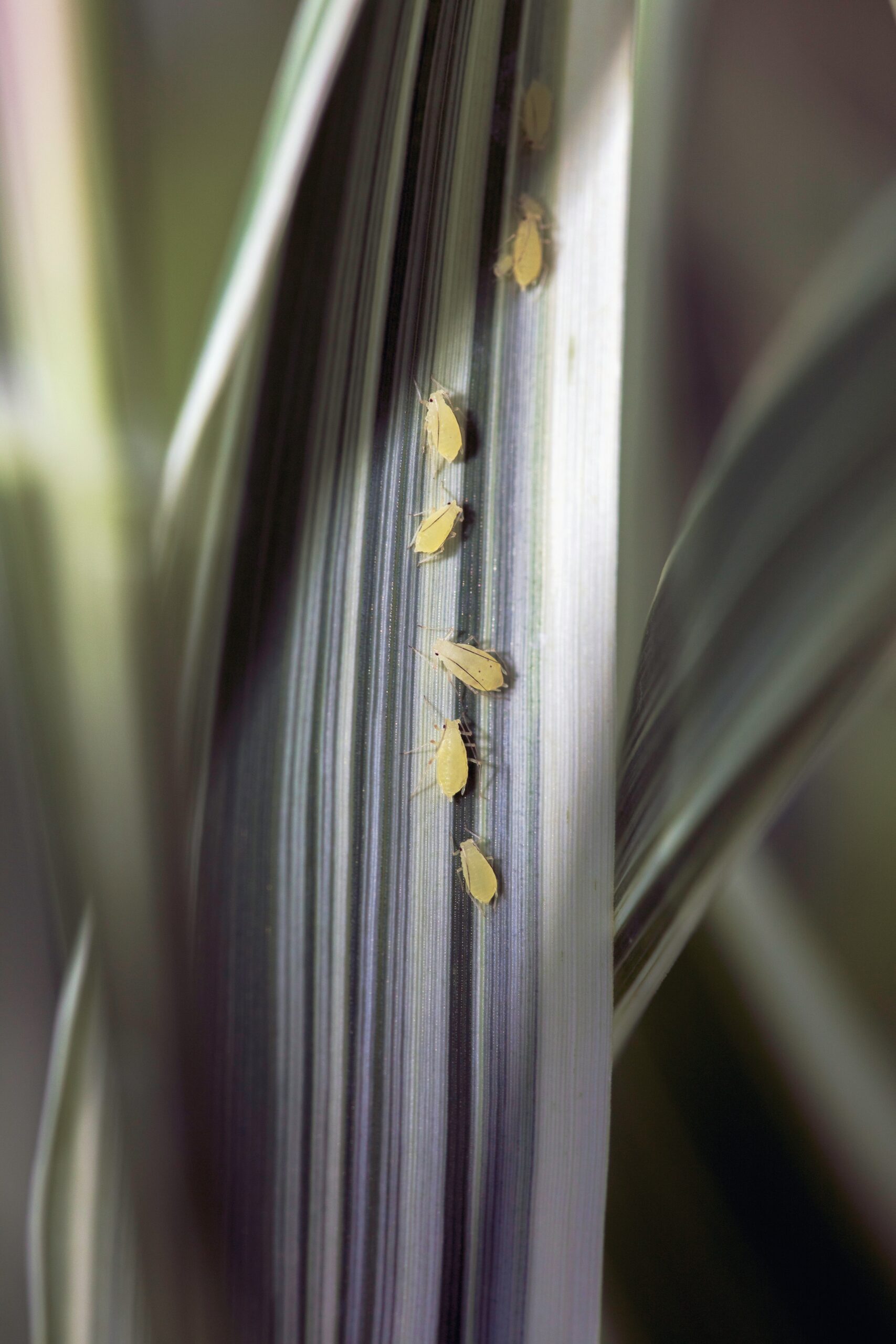Light is a crucial factor in the cultivation of any plant species and the development of LED lighting technology in recent years has revolutionized indoor cultivation. By providing growers with the ability to manipulate and optimize light spectrums, LED lights play a key role in maximizing plant health, growth, and yield.
Light spectrum refers to the range of colors (wavelengths) produced by a light source. These colors range from ultraviolet light (shorter wavelengths) to infrared light (longer wavelengths), encompassing the colors of the rainbow in between. Plants use these light spectrums differently, absorbing certain wavelengths more efficiently depending on their growth stage.
Vegetative Stage: Blue Light (4000-5000K)
During the vegetative phase, plants focus on developing structure – producing leaves and stems. The light most efficiently absorbed by plants in this stage is in the blue spectrum, approximately 4000 to 5000 Kelvin (K). This spectrum encourages robust vegetative growth, promoting healthy leaves and strong stems.
Blue light influences the production of plant pigments that drive photosynthesis, impacting the plant’s overall health and vitality. Therefore, during the vegetative stage, LED lights with a higher blue spectrum are preferred to maximize growth potential.
Flowering Stage: Red Light (2000-3000K)
As plants transition from the vegetative to the flowering stage, their lighting needs change. The flowering stage is when your plants produce buds, the part of the plant richest in cannabinoids and terpenes. Red light, in the range of 2000 to 3000K, becomes more important during this phase.
Red light stimulates the production of phytochromes, proteins that regulate many aspects of plant development, including flowering. When plants are exposed to higher amounts of red light, they are prompted to produce more buds, thus increasing yield.
The use of LED lights in the red spectrum can significantly boost the size and density of buds, improving both the quantity and quality of the harvest.
Full Spectrum LED Lights: The Best of All Worlds
While switching between different light spectrums based on growth stages can deliver impressive results, there’s an even more efficient approach: full-spectrum LED lights.
Full-spectrum LEDs cover all light spectrums, from ultraviolet to infrared. They mimic the natural light spectrum of the sun, providing plants with both the blue light needed for vegetative growth and the red light for flowering. Full-spectrum LEDs allow plants to perform photosynthesis more efficiently throughout their entire life cycle, promoting optimal growth and high yields.
The Science
LED (Light Emitting Diode) lights have revolutionized indoor growing due to their energy efficiency, longevity, and most importantly, their ability to produce specific light spectrums suitable for plant growth. Here’s the science behind LED light spectrums and their role in indoor cultivation:
1. The Importance of Light Spectrum:
Every color in the light spectrum represents a different wavelength of light. In general, plants absorb certain wavelengths of light more efficiently than others, with blue and red being the most important. Blue light typically aids in the vegetative growth phase of a plant, promoting strong roots and compact, leafy growth. Red light, on the other hand, is crucial for the flowering or fruiting phase, encouraging plants to produce buds, flowers, and fruits.
2. Photosynthesis
The light spectrum plays a vital role in photosynthesis – the process by which plants convert light energy into chemical energy to fuel their growth. Certain light spectrums influence the two main photosystems involved in photosynthesis, namely Photosystem II (PSII) and Photosystem I (PSI), which are most responsive to blue and red light, respectively.
3. Photomorphogenesis
This is the process by which plants use light cues to direct their growth and development. Different light spectrums impact various photoreceptors within the plant, leading to changes in growth patterns. For example, the photoreceptor “phytochrome” responds to red and far-red light, regulating seed germination, shade avoidance, and the transition from vegetative growth to flowering.
4. LED Lights and their Versatility
LEDs can be engineered to emit specific light spectrums, allowing growers to tailor the light environment to the plants’ needs. For example, during the vegetative growth stage, LEDs can be set to emit more blue light to promote robust, leafy growth. During the flowering phase, the spectrum can be adjusted to emit more red light.
5. Energy Efficiency and Sustainability
LEDs convert a higher percentage of electrical energy into light energy compared to traditional light sources such as incandescent or fluorescent lights, reducing energy consumption. They also produce less heat, mitigating the risk of overheating plants, and allowing closer placement to the plant canopy for improved light penetration.
LED lighting technology has become an essential tool in the indoor growers toolkit, enabling precision control over the light spectrums that plants receive at various stages of their lifecycle. Whether growers opt for lights with specific spectrums for each growth stage or choose full-spectrum LED lights, understanding and utilizing light spectrum can significantly enhance cultivation, improving plant health and maximizing yield. As research continues to refine our understanding of how plants interact with light, the prospects for this exciting field of cultivation technology only shine brighter.







